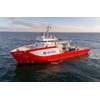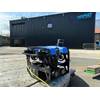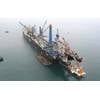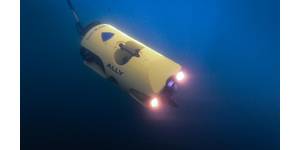Scientific Team Arctic-bound Aboard Cutter 'Healy'
A team of scientists from the Coast Guard Research and Development Center (RDC) is to depart shortly from Seward, Alaska, for a technology evaluation in the Arctic aboard the Cutter 'Healy informs USCG.
The RDC is leading a multi-agency team to support Arctic Shield 2014, a 17th Coast Guard District initiative. The purpose of their month-long evaluation is to improve Coast Guard capabilities in the Arctic region, specifically in the areas of boat operations, communications, navigational safety and oil spill response.
“The RDC plays a key role in charting the service’s future efforts in the Arctic by evaluating new and emerging technologies for applicability to Coast Guard operations in a harsh and remote environment,” said Capt. Dennis Evans, commanding officer of the RDC.
The RDC will collaborate with the U.S. Army Corps of Engineers Cold Regions Research and Engineering Laboratory to assess improvements made to Coast Guard boats for enhanced capability in a cold weather environment.
U.S. Northern Command and its contractor, Lockheed Martin Corp., will help the RDC assess Mobile User Objective System satellite coverage at high latitudes.
Marine Exchange of Alaska will provide critical Automatic Identification System infrastructure to help the Coast Guard transmit weather, ice and safety zone information to mariners through a cooperative research and development agreement.
The National Oceanic and Atmospheric Administration, the National Science Foundation, the National Ice Center, Space and Naval Warfare Systems Command, the University of Cambridge (U.K.) and the University of Washington’s Applied Physics Laboratory will provide personnel, unmanned technologies and resources to help the RDC better understand how a simulated oil spill moves in the water near the ice edge over a 48-hour period. Alaska Department of Environmental Conservation will have an observer aboard for this effort as well.
“Success in the Arctic will always be a collective effort, and we look forward to working with our extensive network of partners on this summer’s exercise and in the future,” said Rich Hansen, RDC chief scientist.













 February 2025
February 2025



